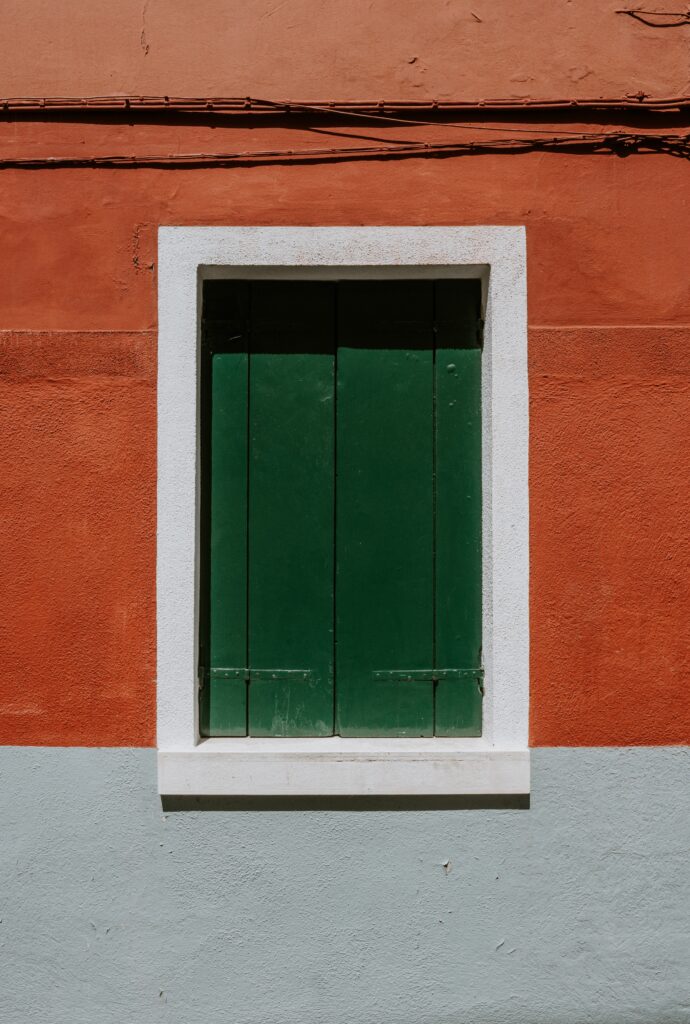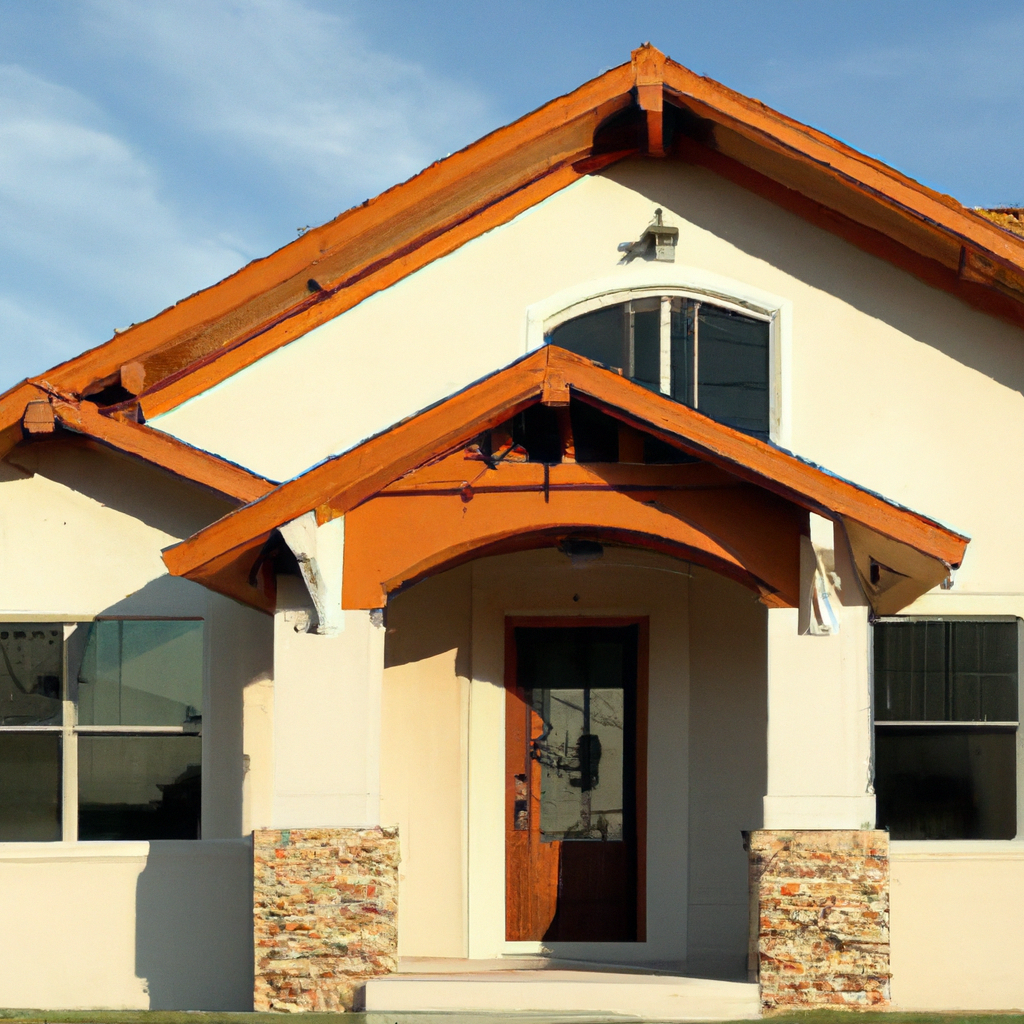Are the cracks in your stucco wall causing you stress? Look no further! This article on Stucco Crack Repair has got you covered. Whether your stucco cracks are small or large, we have the perfect solutions for you. With our friendly and easy-to-follow tips, you will learn how to effectively repair and restore your stucco walls, ensuring a seamless and beautiful finish. Say goodbye to unsightly cracks and hello to a flawless stucco exterior. Get ready to transform your home with our expert advice!

Understanding Stucco Cracks
Stucco is a popular exterior finish used on many homes and buildings. It is a durable and versatile material that can add beauty and texture to any structure. However, over time, stucco can develop cracks, which not only detract from its appearance but also pose potential structural problems if left unaddressed. In this article, we will explore the different types and causes of stucco cracks, as well as the importance of repairing them promptly.
What is stucco?
Before delving into the cracks, let’s first understand what stucco is. Stucco is a mixture of cement, sand, lime, and water, usually applied in multiple layers over a solid backing like wood or masonry. It is then shaped and textured to create a desired finish. Stucco can be smooth, rough, or patterned, and it can be painted or left in its natural state.
Common causes of stucco cracks
There are several factors that can contribute to the formation of stucco cracks. One of the primary causes is the natural movement of the building materials due to temperature changes, humidity, settling, or structural stress. Other common causes include improper installation, poor workmanship, and inadequate curing time during the initial application. Additionally, moisture infiltration, freeze-thaw cycles, and impact damage can all lead to the development of cracks in the stucco.
Types of stucco cracks
Stucco cracks can vary in size, shape, and severity. Understanding the different types of cracks can help you identify the underlying issues and determine the appropriate repair method. Hairline cracks are the most common and typically do not pose a significant risk. However, wider cracks, diagonal cracks, and stair-step cracks might indicate more severe structural problems that require immediate attention. It is essential to assess the cracks accurately before proceeding with the repairs.

The importance of repairing stucco cracks
Repairing stucco cracks is crucial for maintaining the integrity of your home or building. Ignoring cracks can lead to further water damage to the underlying structure, mold growth, and even insect infestations. Additionally, cracks can allow moisture to penetrate the stucco, leading to potential rotting and decay of the supporting materials. By addressing cracks promptly, you can prevent further damage and ensure the longevity of your stucco finish.
Assessing the Damage
Before starting the repair process, it is essential to assess the extent of the damage. This involves identifying visible cracks, determining their severity, and inspecting for any underlying issues that may have caused the cracks.
Identifying visible cracks
Begin by visually examining the stucco surface for any visible cracks. Look for cracks in the stucco, especially at corners, around windows and doors, and along seams and joints. Pay attention to the size and shape of the cracks to get a sense of their severity.
Determining the severity of the cracks
To determine the severity of the cracks, use a ruler or tape measure to measure their width. Hairline cracks, which are less than 1/16 inch wide, are relatively common and usually of less concern. However, wider cracks require closer attention as they may indicate more significant structural problems.
Inspecting for underlying issues
In addition to assessing the cracks, it is crucial to inspect the surrounding areas for any signs of underlying issues. Check for signs of water damage, such as discoloration or soft spots, as this could suggest a moisture infiltration problem. Look for any signs of movement, such as bulging or sagging, which may indicate a structural issue. Identifying and addressing these underlying issues is essential for a successful stucco crack repair.

Preparing for Repair
Once you have assessed the damage and identified the cracks, it’s time to prepare for the repair process. Here are some steps to follow in preparation for repairing stucco cracks.
Gathering necessary tools and materials
Before starting the repair, gather all the necessary tools and materials required for the job. This may include a trowel, utility knife, wire brush, sandpaper, stucco mix, bonding agent, and a bucket for mixing. Make sure you have all the supplies readily available to ensure a smooth and efficient repair process.
Safety precautions before starting the repair
Before beginning any repair work, it is vital to take the necessary safety precautions. Wear protective gear, such as gloves, safety glasses, and a dust mask, to protect yourself from any potential harm. Ensure that the work area is well-ventilated, and take care to avoid working in extreme weather conditions, as this can affect the curing process.
Cleaning the damaged area
Clean the damaged area thoroughly before applying any patching material. Use a wire brush or sandpaper to remove any loose debris, paint, or old stucco from the surface. This will ensure better adhesion and a more seamless repair.
Removing loose stucco
To ensure a strong and lasting repair, it is essential to remove any loose stucco from the cracks. A utility knife or chisel can be used to gently scrape away any loose or crumbling stucco. This will create a clean surface for the patching material to adhere to.
Choosing the Right Stucco Repair Technique
Once you have prepared the damaged area, it’s time to choose the right stucco repair technique. Depending on the severity and extent of the cracks, you may opt for traditional stucco patching or polymer-modified stucco repairs.
Traditional stucco patching
Traditional stucco patching involves mixing and applying a stucco patching material that closely matches the original stucco finish. This technique is ideal for hairline cracks or small surface-level damage. It is important to carefully follow the manufacturer’s instructions for mixing and applying the patching material to ensure a seamless and durable repair.
Polymer-modified stucco repairs
Polymer-modified stucco repairs are a more advanced technique that involves using a mixture of stucco and a polymer additive. This method provides increased flexibility and durability, making it suitable for larger or more severe cracks. The polymer additive helps to enhance the bond and strength of the repair, resulting in a longer-lasting solution.
Texture matching considerations
When choosing a repair technique, it’s important to consider texture matching. The goal is to blend the repaired area with the surrounding stucco, ensuring a seamless appearance. Take note of the existing texture and consider using texture tools or techniques to recreate the same texture on the patched area. This will help to achieve a visually cohesive and aesthetically pleasing result.

Traditional Stucco Patching
If you have opted for traditional stucco patching, here are the steps to follow to achieve a successful repair.
Mixing stucco patching material
Start by thoroughly mixing the stucco patching material according to the manufacturer’s instructions. This usually involves adding water to the stucco mix and blending until a smooth consistency is achieved. Take care to follow the recommended water-to-mix ratio to avoid a patch that is too wet or too dry.
Applying the patch to fill cracks
Using a trowel, carefully apply the stucco patching material into the cracks, ensuring that they are completely filled. Work the material into the cracks, pressing firmly to ensure proper adhesion. Take care to smooth and level the patch, making it flush with the surrounding stucco surface.
Smoothing and blending the patch
Once the patch is applied, use a trowel or sponge float to smooth and blend the patch with the surrounding stucco. This will help to create a seamless transition between the repaired area and the existing finish. Be gentle when smoothing the patch to avoid causing any damage to the surrounding stucco or the repair itself.
Curing time and weather considerations
After completing the patching process, allow sufficient time for the stucco to cure. Follow the manufacturer’s instructions for curing time, as this may vary depending on the weather conditions and the specific stucco mix used. Avoid exposing the freshly patched area to excessive moisture or extreme temperatures during the curing process.
Polymer-Modified Stucco Repairs
If you have chosen the polymer-modified stucco repair technique, here are the steps to follow for a successful repair.
Understanding polymer-modified stucco
Before proceeding with the repair, familiarize yourself with the properties and characteristics of polymer-modified stucco. Understand the specific manufacturer’s instructions and ensure that you have the appropriate mix ratios and additives for the repair.
Mixing the polymer-modified patching material
Follow the manufacturer’s instructions for mixing the polymer-modified patching material. This may involve adding the polymer additive to the stucco mix and blending until a smooth and workable consistency is achieved. Take care to mix the material thoroughly to ensure proper bonding and strength.
Applying the patch to the cracks
Using a trowel or putty knife, apply the polymer-modified patching material to the cracks, making sure they are completely filled. Work the material into the cracks, pressing firmly to ensure good adhesion. Smooth and level the patch, ensuring it is flush with the surrounding stucco.
Finishing and curing the repair
After applying the patch, smooth the surface using a trowel or sponge float. This will help to create a seamless appearance and match the surrounding texture. Allow sufficient time for the polymer-modified stucco to cure, following the manufacturer’s guidelines. Take care to protect the repaired area from excessive moisture or extreme temperatures during the curing process.
Matching the Stucco Texture
To achieve a visually cohesive result, it is vital to match the stucco texture on the repaired area with the surrounding stucco. Here are some steps to help you achieve a seamless blend.
Identifying the existing stucco texture
Carefully study the texture of the existing stucco to identify the specific pattern or finish. Look for patterns such as smooth, rough, or patterned textures and note any unique characteristics. This will serve as a guide when recreating the texture on the repaired area.
Recreating the texture using different techniques
To recreate the stucco texture, consider using various techniques such as brushing, spraying, or troweling. Experiment with these techniques on a small test area to find the closest match to the existing texture. Take your time and be patient, as achieving a perfect texture match may require some trial and error.
Blending the repaired area with the surrounding stucco
When applying the texture to the repaired area, take care to gradually blend it with the surrounding stucco. This can be achieved by extending the texture slightly beyond the repaired area to ensure a seamless transition. Use the same tools and techniques used in the original stucco application to achieve a visually cohesive result.
Common Mistakes to Avoid
While repairing stucco cracks, it is essential to be aware of common mistakes that can compromise the effectiveness and durability of the repair. Here are some mistakes to avoid:
Neglecting to address underlying issues
Repairing the cracks alone is not enough if there are underlying issues causing the problem. It is crucial to identify and address any factors that may have contributed to the formation of the cracks. This might involve fixing structural issues, improving drainage, or addressing moisture infiltration problems.
Applying excessive patching material
Using too much patching material can result in an uneven and bulky repair. Follow the manufacturer’s instructions and apply the patching material in thin layers, allowing each layer to dry and cure before applying the next. This will ensure a smoother and more seamless repair.
Not allowing sufficient curing time
Rushing the curing process can compromise the strength and durability of the repair. Follow the recommended curing time provided by the manufacturer and avoid exposing the repaired area to excessive moisture or extreme temperatures during this period. Patience is key to achieving a long-lasting repair.
Failing to match the stucco texture
A repair that does not closely match the existing stucco texture can be visually unappealing and draw attention to the repaired area. Take the time to recreate the texture using the appropriate tools and techniques. A seamless texture match will ensure a cohesive and aesthetically pleasing finish.
Maintaining Stucco to Prevent Future Cracks
Regular inspection and maintenance are crucial for preventing future stucco cracks. Here are some maintenance practices to help keep your stucco in excellent condition:
Regular inspection and maintenance
Periodically inspect your stucco for signs of damage, cracks, or moisture infiltration. Address any issues promptly to prevent them from worsening. Regularly clean the stucco surface to remove dirt, debris, and mold, as these can contribute to structural deterioration.
Addressing minor cracks promptly
Small cracks can worsen over time if left unaddressed. As soon as you notice any hairline cracks or minor damage, repair them promptly using the appropriate techniques. By addressing minor cracks early on, you can prevent them from becoming more significant and costly problems.
Protecting stucco from moisture damage
Moisture is a common cause of stucco cracks and damage. Ensure that your stucco is adequately sealed and waterproofed to prevent water infiltration. Regularly check the caulking around windows, doors, and other penetrations to ensure a tight seal and prevent moisture from seeping into the stucco.
Proper cleaning and care
Regularly clean your stucco surface to prevent the buildup of dirt and debris. Avoid using abrasive cleaners or pressure washers, as these can damage the stucco. Instead, use a soft brush or a mild detergent solution and gently scrub the surface. Taking proper care of your stucco can help extend its lifespan and reduce the likelihood of future cracks.
Hiring Professional Stucco Repair Services
While minor stucco repairs can often be done DIY-style, certain situations may require the expertise of a professional stucco repair contractor. Here are some factors to consider when deciding whether to hire a professional:
When to consider hiring professionals
If the stucco cracks are extensive, severe, or accompanied by underlying structural issues, it is advisable to consult a professional. Professional contractors are equipped with the knowledge, skills, and tools to identify and address complex stucco problems effectively.
Choosing a reliable stucco repair contractor
Selecting a reliable contractor is essential to ensure a successful stucco repair job. Look for contractors with experience in stucco repairs, positive customer reviews, and proper licensing and insurance. Consider getting recommendations from friends, family, or trusted sources to find a contractor you can rely on.
Obtaining cost estimates
Before hiring a stucco repair contractor, obtain cost estimates from multiple professionals. This will give you a better understanding of the expected costs and allow you to compare different quotes. Be cautious of significantly low or high estimates and ensure that all the necessary repairs are included in the quote.
Evaluating warranties and guarantees
Inquire about the warranties and guarantees offered by the stucco repair contractor. A reputable contractor will provide warranties on both the workmanship and the materials used. Ensure that you have a clear understanding of the terms and conditions of the warranty before proceeding with the repair.
In conclusion, understanding stucco cracks is essential for homeowners and property owners who wish to maintain the integrity and aesthetics of their stucco finish. By identifying the causes and types of cracks, assessing the damage, and choosing the appropriate repair techniques, you can effectively address stucco cracks and prevent further damage. With proper maintenance and care, your stucco can continue to enhance and protect your home or building for years to come. If needed, don’t hesitate to seek professional stucco repair services for more significant or complex repairs.

